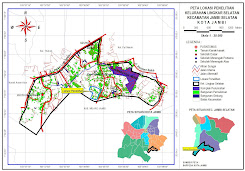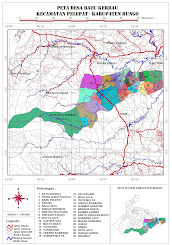Tropical Storm Bonnie, the second named storm of the 2010 Atlantic hurricane season, moved across the southern Florida peninsula on Friday afternoon, July 23, 2010, and is now taking aim at the Gulf of Mexico. The forecast track is expected to take it over or near the BP Deepwater Horizon oil spill on July 24.
The temperatures of Tropical Storm Bonnie's cloud tops are shown in this July 23 thermal infrared image from the AIRS instrument on NASA's Aqua spacecraft. The coldest clouds and heaviest precipitation are shown in purples and blues. Credit: NASA/JPL-Caltech
According to NOAA's National Hurricane Center, Bonnie made landfall in South Florida with maximum sustained winds near 65 kilometers (40 miles) per hour. As it encountered land, it was downgraded to a tropical depression, with maximum sustained winds of 55 kilometers (35 miles) per hour. Bonnie is expected to regain tropical storm strength as it enters the open waters of the Gulf of Mexico Friday night and Saturday. At 5 p.m. EDT July 23, Bonnie was located about 55 kilometers south of Ft. Myers, Fla., moving to the west-northwest at 30 kilometers (18 miles) per hour. Bonnie is expected to slow and move over the eastern Gulf of Mexico Friday night, July 23, and Saturday, July 24, and reach the northern Gulf Coast late Saturday.
Bonnie is expected to produce total rainfall accumulations of 3 to 8 centimeters (1 to 3 inches) over parts of southeastern Louisiana, southern Alabama, southern Mississippi and the far western Florida panhandle, with possible isolated maximum amounts of up to 13 centimeters (5 inches). Additional rainfall amounts of 3 to 5 centimeters (1 to 2 inches) are possible today over Central and South Florida.
Of particular concern to Gulf Coast residents and oil spill response personnel is Bonnie's storm surge, which could potentially carry oil from the spill inland. The storm surge is expected to raise water levels by as much as 1 to 1.5 meters (3 to 5 feet) above ground level along the immediate coast near and to the right of where the center of Bonnie makes landfall on the northern Gulf Coast.
The NASA Jet Propulsion Laboratory-built and managed Atmospheric Infrared Sounder (AIRS) instrument on NASA's Aqua satellite captured this infrared image of Bonnie when it was a tropical storm at 2:47 p.m. EDT (18:47 UTC) on July 23, 2010. The AIRS data create an accurate 3-D map of atmospheric temperature, water vapor and clouds, data that are useful to hurricane forecasters. The image shows the temperature of Bonnie's cloud tops or the surface of Earth in cloud-free regions. The coldest cloud-top temperatures appear in purple, indicating towering cold clouds and heavy precipitation. The infrared signal of AIRS does not penetrate through clouds. Where there are no clouds, AIRS reads the infrared signal from the surface of the ocean waters, revealing warmer temperatures in orange and red.
For more information on AIRS, visit: http://airs.jpl.nasa.gov/ . For more information on NASA's research of hurricanes/tropical cyclones, visit: http://www.nasa.gov/mission_pages/hurricanes/main/index.html .
Text credit: Alan Buis, NASA/Jet Propulsion Laboratory













Tidak ada komentar:
Posting Komentar